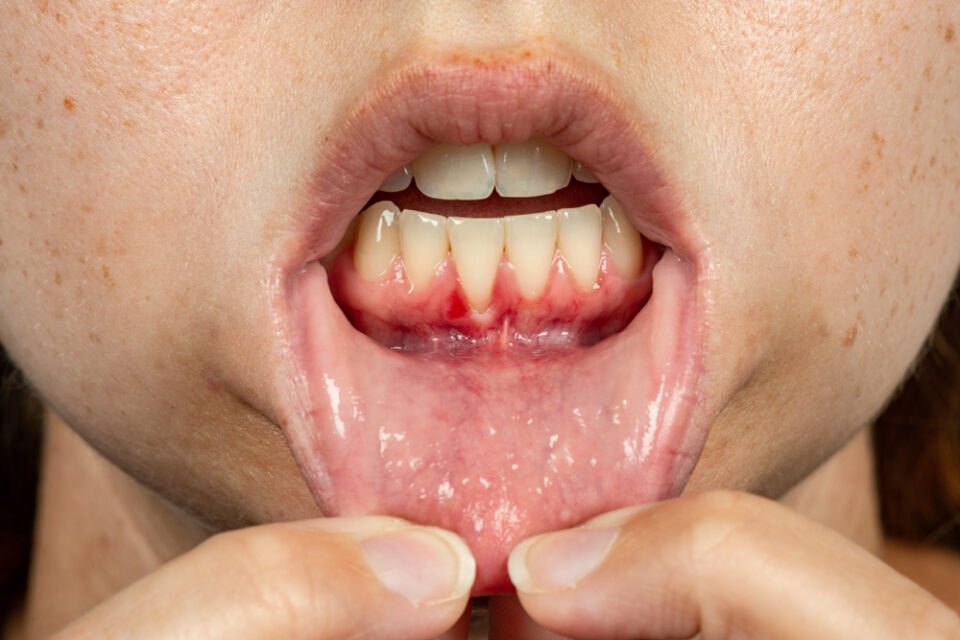Gums surround your teeth and help anchor them firmly. Any infection or inflammation can compromise the oral form, function, and aesthetics. Gum recession is one of the major symptoms of gum disease, that compromises the vitality and integrity of your oral cavity.
The dentists in Kelowna BC and their team of gum experts offer a comprehensive approach to diagnose and treat gum recession to rehabilitate your oral health.
What is meant by gum recession?
Gum recession is a form of gum disease that develops when your gingival tissues pull away from your teeth, exposing the roots underneath. This makes your teeth more vulnerable to cavities and sensitivity to hot and cold foods.
What causes gum recession?
Gum recession can occur due to the following reasons:
- Brushing too hard or too aggressively
- Using a hard-bristled toothbrush
- Following a wrong brushing technique
- Plaque or calculus buildup
- Periodontal disease
- Trauma or injury to the gums
- Misalignment
- Tobacco use
- Smoking
- Lip or tongue-piercing
What are the significant symptoms of gum recession?
Signs and symptoms of gum recession may include:
- Exposure of the tooth roots
- Gnawing pain near the gum line
- Increased tooth sensitivity to heat, cold, and sweets
- Sensitivity when brushing or flossing teeth
- Sensitivity during dental cleanings
- Halitosis (bad breath)
- Aesthetically unappealing smile
- Loose teeth
How do dentists diagnose gum recession?
Gum recession can be easily diagnosed during a routine oral examination. A periodontal probe is a special dental instrument that can help measure the amount of gum recession on each tooth. The probe can also help measure the depth of the periodontal pockets to assess the amount of bone loss.
How is gum recession treated?
Gum recession treatment depends on the severity of the condition. The treatment options are as follows:
Mild to moderate gum recession
- Antibiotics
- Topical gels
- Oral pills
- Professional cleaning
- Scaling
- Root planing
- Dental bonding
- Camouflages the area of recession with tooth-colored composite resin.
- Orthodontic treatment
- Includes braces for crooked or rotated teeth causing gum recession.
Severe gum recession
- Gum grafting
- During the surgery, a graft is taken from other places of your oral cavity and used to replace your missing gum tissue.
Summary
Gum recession is a common form of gum disease. Early detection is crucial since this can be reversed if treated early. Untreated cases can damage the alveolar bone further deteriorating your oral health.
Know the warning signs to stay alert and seek dental care immediately to improve your overall quality of life.

